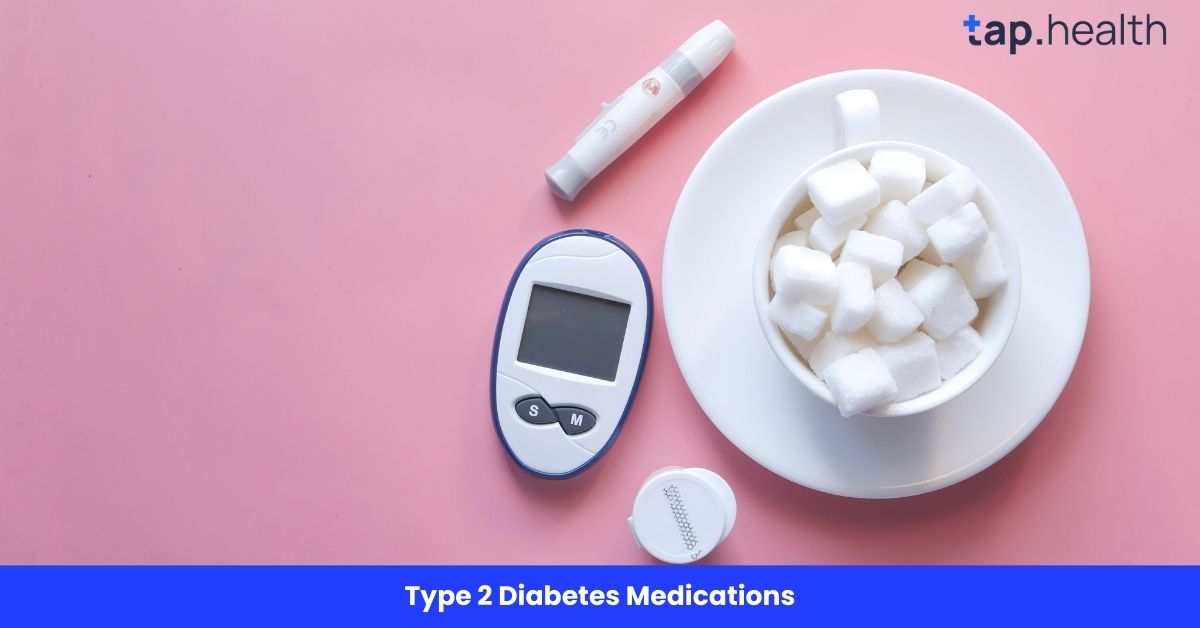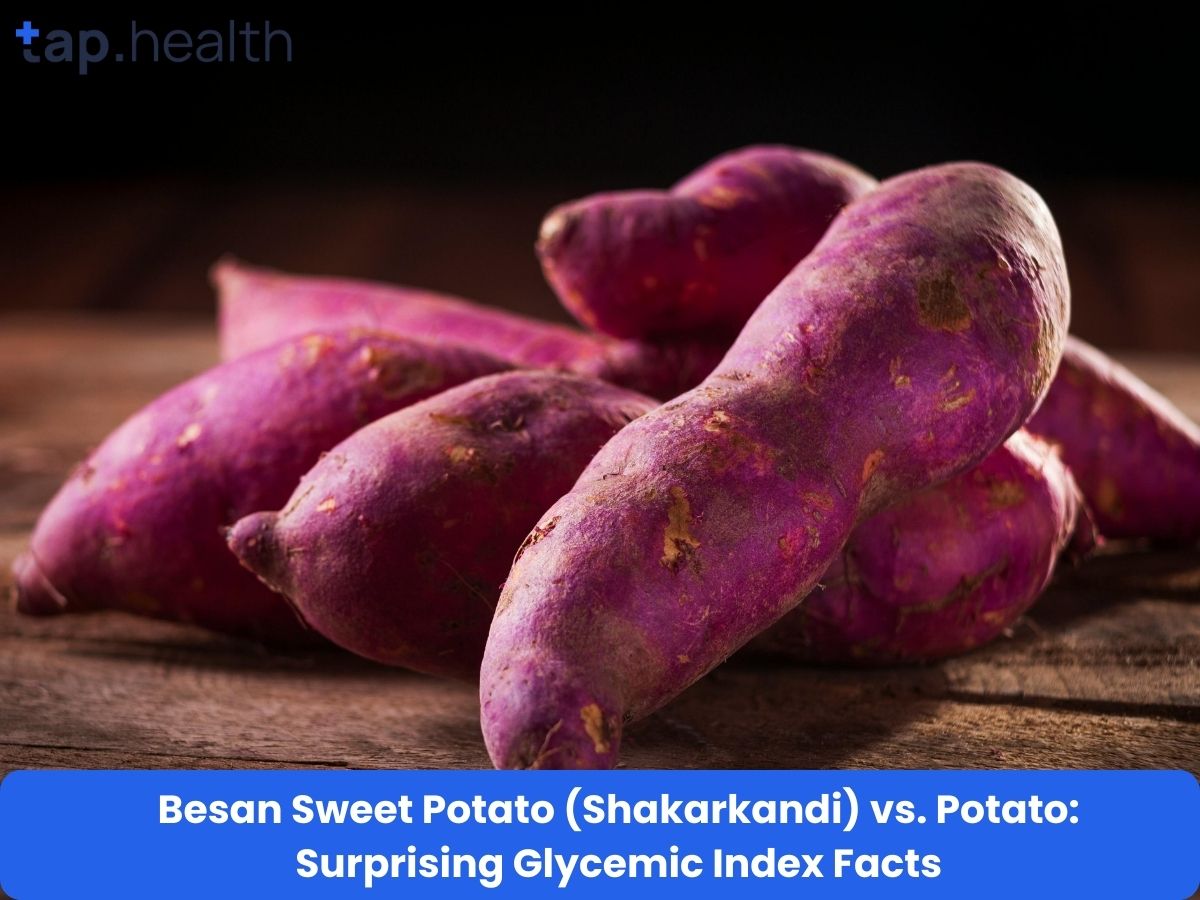Table of Contents
- Type 2 Diabetes Medications: A Complete Guide
- Best Type 2 Diabetes Drugs: Head-to-Head Comparison
- Lowering Blood Sugar: Top Medications for Type 2 Diabetes
- Understanding Glycemia-Lowering Drugs for Type 2 Diabetes
- Choosing the Right Type 2 Diabetes Medication: Expert Advice
- Frequently Asked Questions
- References
Living with type 2 diabetes can feel like navigating a complex maze, especially when it comes to choosing the right medication. Finding the best treatment plan is crucial for managing blood sugar levels and preventing long-term complications. That’s why we’ve created this comprehensive guide: Type 2 Diabetes Medications: A Head-to-Head Comparison of Glycemia-Lowering Drugs. We’ll break down the various options available, exploring their mechanisms of action, side effects, and overall effectiveness, empowering you to have an informed conversation with your doctor. Get ready to demystify the world of type 2 diabetes treatment!
Type 2 Diabetes Medications: A Complete Guide
Managing type 2 diabetes effectively requires understanding the various glycemia-lowering medications available. While approximately 2 million Americans live with type 1 diabetes, including a significant number of children and adolescents, the focus here is on type 2, which is far more prevalent globally, including in Indian and tropical countries. This guide will help you navigate the options.
Understanding Medication Classes
Several drug classes effectively manage type 2 diabetes. Metformin, often the first-line treatment, works by improving insulin sensitivity. Sulfonylureas stimulate insulin release from the pancreas. Thiazolidinediones (TZDs) enhance insulin sensitivity, but carry potential side effects to be considered. DPP-4 inhibitors and SGLT2 inhibitors offer additional mechanisms of action, impacting various aspects of glucose metabolism. Finally, GLP-1 receptor agonists mimic the effects of incretin hormones, leading to improved glycemic control. The best choice depends on individual factors like age, overall health, and other medical conditions.
Choosing the Right Medication
The selection of the most suitable medication for type 2 diabetes in Indian and tropical countries often involves considering factors unique to these regions. These include dietary habits, lifestyle factors, prevalence of comorbidities, and access to healthcare. Consult your physician to discuss your individual needs and explore potential drug interactions with other medications you might be taking. Consider your lifestyle when deciding on a treatment plan, as adherence to medication and lifestyle changes is crucial for successful diabetes management. For more information on the symptoms, causes, and general treatment of type 2 diabetes, you might find Type 2 Diabetes: Symptoms, Causes and Treatment – Tap Health helpful.
Making Informed Decisions
Remember, effective diabetes management goes beyond medication. Lifestyle modifications, such as regular exercise, a balanced diet, and stress management, are essential components of a comprehensive approach. In Indian and tropical climates, focusing on locally sourced, fresh produce can significantly contribute to better glycemic control. Discuss your treatment options thoroughly with your doctor to create a personalized plan that fits your needs and improves your quality of life. Don’t hesitate to seek further guidance from healthcare professionals to ensure optimal management of your type 2 diabetes. For parents of children with type 1 diabetes, Tips for Parents of Kids with Type 1 Diabetes: Complete Guide offers valuable insights and support.
Best Type 2 Diabetes Drugs: Head-to-Head Comparison
Managing type 2 diabetes effectively is crucial, especially in regions like India and other tropical countries where the condition constitutes a significant health burden—representing 90% of all diabetes cases in India, as highlighted in a recent study (research link). Choosing the right medication is paramount. This comparison focuses on common glycemia-lowering drugs, highlighting their strengths and weaknesses.
Metformin: The Foundation
Metformin remains a cornerstone of type 2 diabetes treatment. It’s generally well-tolerated, cost-effective, and effective at improving insulin sensitivity. However, gastrointestinal side effects can be a concern for some, particularly in the initial stages of treatment. In tropical climates, it’s crucial to monitor for dehydration, a potential side effect. The choice of medication can be further complicated by existing conditions; for example, see our article on Which Diabetes Drug is Best for Diabetics with Kidney Disease? for more information.
Sulfonylureas: Stimulating Insulin Release
Sulfonylureas stimulate the pancreas to release more insulin. They can be highly effective but carry a higher risk of hypoglycemia (low blood sugar), a serious concern needing careful monitoring, especially among older adults or those with kidney impairment. This class may be less suitable for individuals with specific dietary habits common in some tropical regions.
DPP-4 Inhibitors: Enhancing Incretin Effect
DPP-4 inhibitors work by boosting the body’s natural insulin-producing mechanisms. They generally have a lower risk of hypoglycemia compared to sulfonylureas and are often well-tolerated. However, they’re generally more expensive than metformin. Their efficacy in specific ethnic populations within tropical regions needs further study.
SGLT2 Inhibitors: Renal Glucose Excretion
SGLT2 inhibitors promote the excretion of glucose through the kidneys. This class offers cardiovascular benefits in addition to glycemic control, making them attractive options. However, they can increase the risk of urinary tract infections and dehydration, concerns that need careful consideration in hot and humid climates.
Choosing the Right Medication
The best type 2 diabetes medication depends on individual factors, including age, overall health, other medical conditions, and lifestyle. Consulting a doctor is vital for a personalized treatment plan tailored to your specific needs and the climatic conditions of your region. Remember, proactive management is key to preventing complications and living a healthy life with type 2 diabetes. Understanding the differences between type 1 and type 2 diabetes is also crucial. For a comparison, read our article: Which Diabetes Is Worse: Type 1 or Type 2? Key Comparisons.
Lowering Blood Sugar: Top Medications for Type 2 Diabetes
Over 80% of individuals with Type 2 diabetes in India and other tropical countries grapple with insulin resistance, a key factor driving high blood sugar. Managing this requires a multifaceted approach, often including medication. Choosing the right medication depends on individual needs, considering factors like age, other health conditions, and lifestyle.
Understanding Glycemia-Lowering Medications
Several classes of drugs effectively lower blood glucose levels. Metformin, a first-line treatment, improves insulin sensitivity and reduces glucose production by the liver. It’s often well-tolerated, but gastrointestinal side effects can be a concern, especially in the initial stages. Sulfonylureas stimulate the pancreas to release more insulin, beneficial for those with some insulin-producing capacity. However, they can cause hypoglycemia (low blood sugar), a serious complication.
Other Important Medications
Thiazolidinediones (TZDs) improve insulin sensitivity by acting on cells. DPP-4 inhibitors enhance the body’s natural incretin hormones, improving insulin release and reducing glucose production. SGLT2 inhibitors work by blocking glucose reabsorption in the kidneys, thus lowering blood sugar through urinary excretion. GLP-1 receptor agonists mimic the effects of incretin hormones, leading to improved blood sugar control and weight management. Each medication presents a unique profile of benefits and potential side effects, requiring careful consideration by a healthcare professional.
Choosing the Right Treatment Plan
The choice of medication is critical, and individual needs vary greatly. Consulting with a doctor is crucial for determining the best course of action. They can assess your specific condition, considering your overall health, lifestyle, and potential drug interactions, to tailor a treatment plan that effectively manages your blood sugar levels while minimizing risks. Regular monitoring of blood sugar levels and adherence to the prescribed medication regimen are essential for long-term success in managing Type 2 Diabetes. In addition to medication, incorporating 5 Easy Lifestyle Changes to Manage Type 2 Diabetes can significantly improve outcomes. Furthermore, exploring Top 8 Natural Remedies to Improve Blood Sugar Levels may offer complementary support, but always under the guidance of your physician.
Understanding Glycemia-Lowering Drugs for Type 2 Diabetes
Type 2 diabetes is a significant health concern globally, particularly in India and other tropical countries. However, it’s crucial to remember that up to 80% of Type 2 diabetes cases can be delayed or even prevented through lifestyle modifications, as highlighted by the Indian government’s Press Information Bureau (read more here). Despite this, many individuals require medication to manage their blood glucose levels effectively. This necessitates a clear understanding of the various glycemia-lowering drugs available.
Types of Glycemia-Lowering Medications
Several classes of medications effectively lower blood glucose levels. These include metformin, a first-line treatment often recommended due to its relative safety and efficacy. Other options include sulfonylureas, which stimulate insulin release from the pancreas; DPP-4 inhibitors, which enhance incretin effects; SGLT2 inhibitors, which increase glucose excretion in the urine; and GLP-1 receptor agonists, which mimic the effects of incretin hormones. The choice of medication depends on individual factors like age, other health conditions, and patient preference.
Choosing the Right Medication
Selecting the right medication requires careful consideration of individual needs and potential side effects. For example, metformin is generally well-tolerated, but some individuals may experience gastrointestinal issues. Sulfonylureas can cause hypoglycemia (low blood sugar), while other medications may have different potential side effects. Consulting with a physician is vital to determine the most appropriate glycemia-lowering drug for your specific needs. This is particularly important in the context of the high prevalence of diabetes in India and tropical regions, where access to quality healthcare may vary. Regular monitoring of blood glucose levels is also crucial for effective diabetes management. Remember, proactive lifestyle changes remain an essential component of diabetes management and can significantly impact treatment outcomes. It’s important to note that this information is for educational purposes only and should not be considered medical advice. For specific concerns about managing type 2 diabetes, including weight management, consider reading our article on How to Gain Weight with Type 2 Diabetes?. This is especially relevant as weight management plays a crucial role in blood sugar control. Also, while we focus on type 2 diabetes here, it’s important to differentiate it from type 1. For information on whether medications can cause type 1 diabetes, please see our article, Can Drugs Cause Type 1 Diabetes?.
Choosing the Right Type 2 Diabetes Medication: Expert Advice
Managing type 2 diabetes effectively requires careful selection of medications that best suit your age, health status, and lifestyle. Globally, 61% of people with diabetes are aged 20–64, while 39% are 65 and above, according to the IDF Diabetes Atlas. This is particularly relevant in India and tropical countries, where diabetes prevalence is high.
Understanding Your Medication Options
Several classes of medications help control blood sugar levels:
-
Metformin
-
Often the first-line treatment
-
Cost-effective and widely available in India and tropical regions
-
Works by reducing glucose production in the liver
-
-
Sulfonylureas
-
Stimulate the pancreas to produce more insulin
-
May cause low blood sugar (hypoglycemia) in some patients
-
-
DPP-4 Inhibitors
-
Help increase insulin release after meals
-
Usually well-tolerated with minimal side effects
-
-
SGLT2 Inhibitors
-
Help the body remove excess glucose through urine
-
Can benefit patients at risk of heart or kidney complications
-
-
GLP-1 Receptor Agonists
-
Slow gastric emptying and promote satiety
-
Useful for weight management alongside diabetes control
-
-
Insulin
-
May become necessary when oral medications are insufficient
-
Understanding the average dose for type 2 diabetes helps in planning treatment
-
Personalized Approach in Tropical Climates
Selecting the right medication should consider the unique challenges of hot and humid climates:
-
Increased fluid loss can affect medication balance
-
Co-morbidities like hypertension or kidney disease may influence choices
-
Lifestyle factors, such as diet and physical activity, must also be considered
Consulting a healthcare professional ensures that your treatment plan is safe, effective, and tailored to your environment.
Finding the Right Care in Your Region
Navigating diabetes medications can feel overwhelming, but with expert guidance, you can manage your condition successfully:
-
Consult a qualified diabetologist to discuss options
-
Regularly monitor blood sugar levels for optimal control
-
Combine medication with diet, exercise, and lifestyle changes for best outcomes
Understanding the differences between type 1 and type 2 diabetes can also provide context for your treatment choices.
Frequently Asked Questions on Type 2 Diabetes Medications
Q1. What are the main types of medication for Type 2 diabetes?
Several types of drugs lower blood glucose levels. Metformin is often the first choice, improving insulin sensitivity. Sulfonylureas stimulate insulin release, while thiazolidinediones (TZDs) also enhance insulin sensitivity. DPP-4 inhibitors, SGLT2 inhibitors, and GLP-1 receptor agonists affect glucose metabolism in different ways.
Q2. How is the best medication for me chosen?
Choosing the right medication depends entirely on your individual situation. Your doctor will consider factors like your age, overall health, other medical conditions, lifestyle, and even the climate you live in. It’s crucial to have a discussion with your physician to determine the most suitable treatment plan for you.
Q3. Is medication the only treatment for Type 2 diabetes?
No, medication is usually part of a broader management plan. Lifestyle changes are essential, including diet, regular exercise, and stress management. In tropical climates, focusing on locally sourced foods is particularly beneficial.
Q4. What are the key differences between Type 1 and Type 2 diabetes?
It’s very important to understand the differences. Type 1 diabetes is an autoimmune disease where the body doesn’t produce insulin. Type 2 diabetes involves insulin resistance, where the body doesn’t use insulin effectively. They require different approaches to management.
Q5. What are the potential risks or complications of Type 2 diabetes if left unmanaged?
Without proper management, Type 2 diabetes can lead to serious complications affecting various organs. These can include heart disease, stroke, kidney disease, nerve damage, and vision problems. Proactive management is essential to minimize these risks.
References
- A Practical Guide to Integrated Type 2 Diabetes Care: https://www.hse.ie/eng/services/list/2/primarycare/east-coast-diabetes-service/management-of-type-2-diabetes/diabetes-and-pregnancy/icgp-guide-to-integrated-type-2.pdf
- Understanding Type 2 Diabetes: https://professional.diabetes.org/sites/default/files/media/ada-factsheet-understandingdiabetes.pdf



